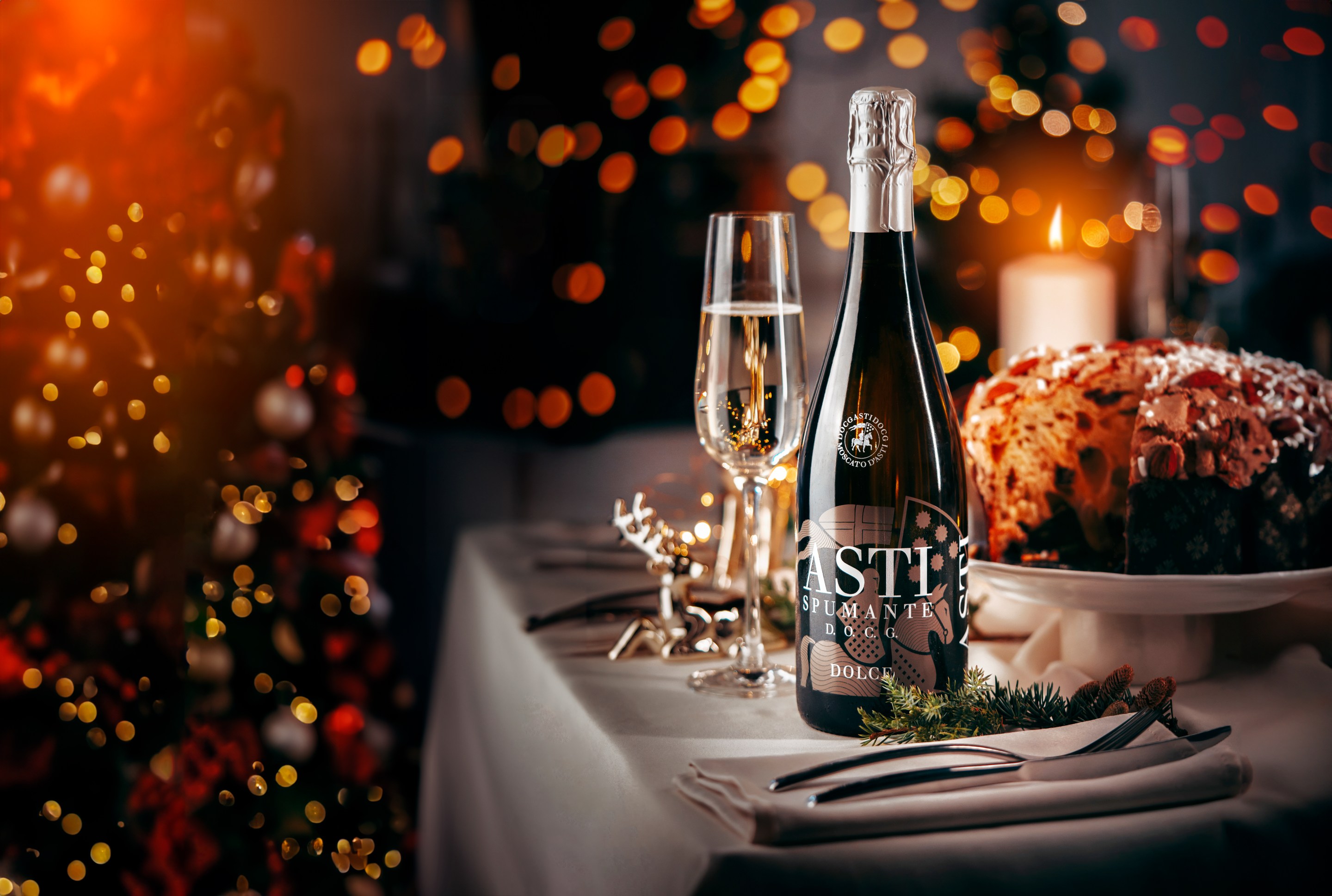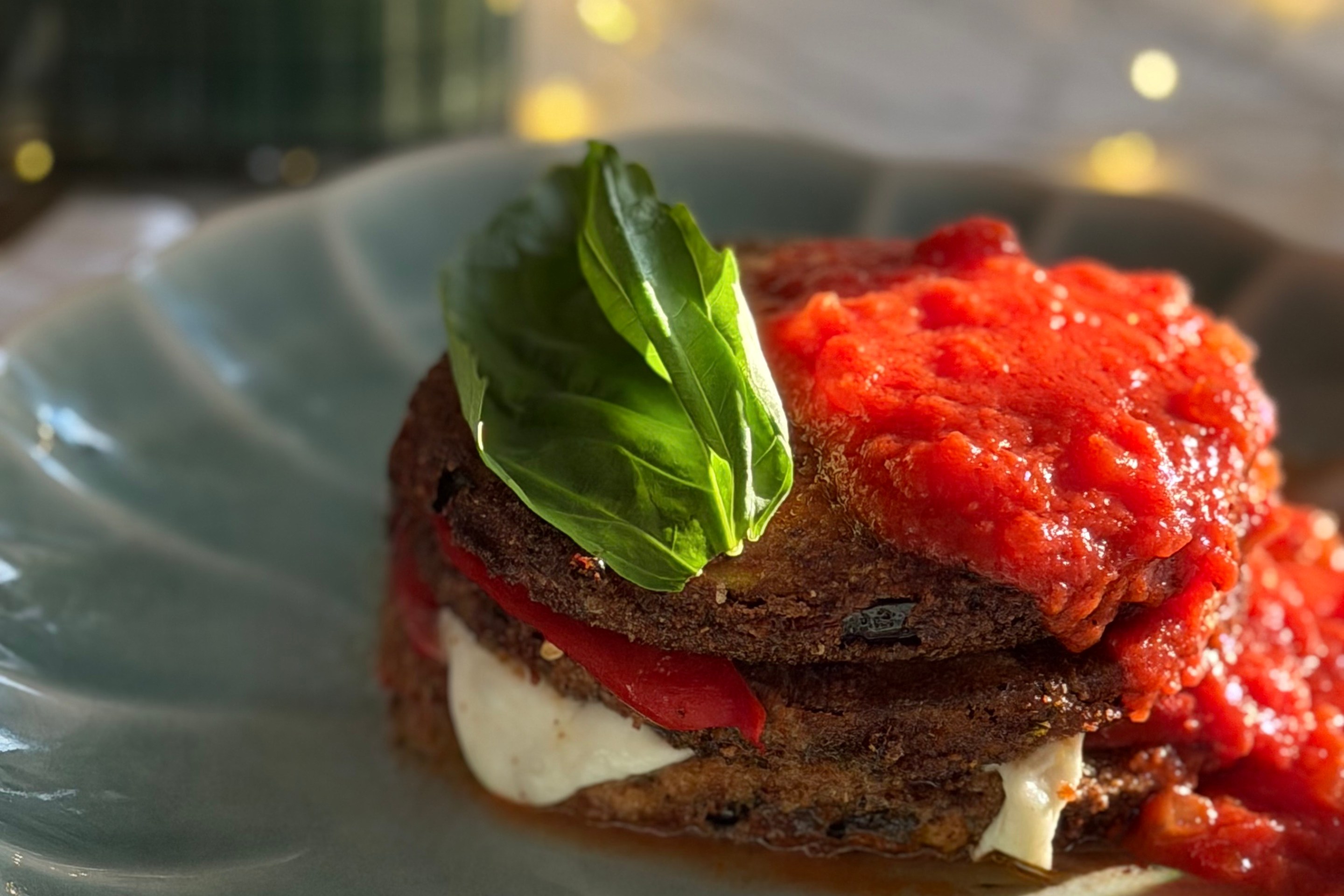Is it possible that Panettone is in vogue? You know, the traditional Italian bread, sweet and (typically) spiked with raisins, dried fruit and nuts, mad gifted during the holidays and often, as a result, re-gifted to a nearly similar extent. Stacked, colorful boxes of Panettone, in stores and in homes, are nearly as ubiquitous in December as Christmas lights and holiday ads.
And when did Asti Spumante become cool? You know, the sparkling wine that middle-class Italian-Americans quaffed at weddings or any other special occasion. I probably hadn’t had any Asti Spumante since my high school graduation. Or maybe it was Cousin Marie’s wedding…
But there I was, in a stylish Manhattan event space on an early November evening, not only eating sophisticated Panettone offerings from a famous NYC bakery but pairing the delicacies with both aromatic Asti Spumante and its fragrant and slightly fizzy sidekick, Moscato d’Asti. It was a revelation.
The Panettone, prepared by Settepani Bakery in Williamsburg, Brooklyn, and presented by Bilena Settepani, the sunshine-to-the-square-inch baker and daughter of the founder, came in a variety of rich colors and flavors, including pistachio and Nutella (respectively). In many ways, Ms. Settepani is the face of the Panettone revival, a social media star who was infused her family business with enthusiasm and creativity, offering unique Panettone offerings year-round with themed approaches to each month (think red velvet Panettone in February for Valentine’s Day). I mean, if anyone could successfully bring an ancient Italian holiday bread to TikTok, year-round, it would be the young Ms. Settepani.

For me, though, the night’s real revelation was the Asti Spumante and Moscato d’Asti. As mentioned, it has been a while, and I was surprised to learn that both wines had a DOCG designation, Italy’s highest recognition for wine. The sparkling Asti Spumante — aromatic and crisp, with notes of fruit, flowers, and herbs — served as a refreshing aperitivo sipped with the savory antipasti offered, including cured meats and aged cheese (though I could also imagine it pairing very well with the Panettone). In fact, I thought of quite a few distinct dishes, including spicy Asian to fried seafood, and even rich pastas, that would pair very well with the Asti Spumante.
The Asti Spumante was, in fact, paired later with the Panettone, and the fragrant, soft frizzante complimented the dolce of the bread, especially those infused with luscious creams, cutting the mouthfeel and making each new bite feel like a first.
Both wines, with their low ABV and consistently refreshing effect, had me thinking I had discovered the new “Rosé all day.” If I could only come up with the slogan…

The quality of both wines should not have come as a surprise. They come from Piemonte, the northern region considered among the finest for wine production (Barolo and Barbaresco anyone?). The white Moscato grape is less heralded than its red neighbor, Nebbiolo, but it’s the same terroir, at the foot of the Alps and close to the sea, that produces among the world’s finest grapes. The boundaries for production of Asti Spumante and Moscato d’Asti were established in 1932 and cover 51 communes (all DOCG) over three provinces.
This is great news for American consumers as there is enough production of both varieties to accommodate what is sure to be America’s next “it” wines from Italy. Count me in.
Now, back to that slogan…







